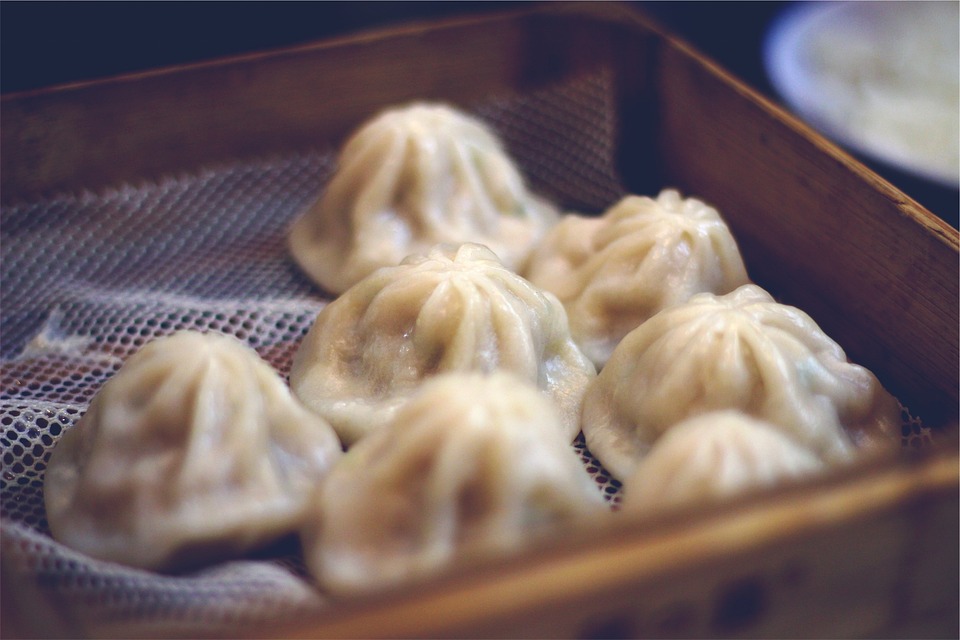Dim Mak, often referred to as the "Deadly Touch" or "Touch of Death," has long captured the imagination of martial arts enthusiasts, filmmakers, and the general public alike. Rooted in ancient Chinese martial arts, this mysterious technique has become intertwined with legends, myths, and misconceptions. But what exactly is Dim Mak, and to what extent is it rooted in reality? In this article, we will explore the origins, principles, and modern interpretations of Dim Mak, seeking to unravel the secrets behind this infamous concept.
Origins of Dim Mak
The term "Dim Mak" is derived from the Chinese words "Dim" (meaning "to touch") and "Mak" (meaning "pulse" or "pressure point"). The practice is believed to date back centuries, potentially tracing its origins to the Shaolin monks who developed various forms of martial arts as both defense and spiritual discipline. These monks studied the human body extensively, understanding how to manipulate it through strikes to vital points—areas where nerves and blood vessels converge.
Traditionally, Dim Mak was taught in secretive settings, often regarded as a form of advanced combat technique. The mastery of Dim Mak was said to require not only physical skill but also a deep understanding of anatomy, energy flow, and the intricate relationship between the body and mind.
The Principles Behind Dim Mak
At its core, Dim Mak is based on the concept of pressure points, exploiting specific areas of the body to induce pain, paralysis, or even death. Practitioners claim that, with precise strikes to these points, one can disrupt the body’s vital energy, or "Qi," leading to various effects ranging from incapacitation to fatal outcomes.
-
Pressure Points: Dim Mak practitioners focus on key areas such as arteries, nerve clusters, and organs. By striking these points with precision, they aim to induce immediate physical reactions or more delayed symptoms, depending on the technique used.
-
Energy Flow: The concept of Qi plays a fundamental role in traditional Chinese medicine and martial arts. Dim Mak practitioners believe that by manipulating energy flow, one can enhance their strikes or cause disorientation to an opponent.
- Timing and Distance: Mastery of Dim Mak requires an acute sense of timing and distance. Knowing when and where to strike is crucial; a missed strike not only leads to ineffective results but can also leave the practitioner vulnerable.
Myths and Misconceptions
Despite its allure, Dim Mak has been shrouded in misconceptions. Modern portrayals in films, books, and social media often exaggerate its effects, leading to the belief that a single touch can immediately incapacitate or kill an opponent. In reality, there is little scientific evidence to support the most extreme claims of Dim Mak’s lethality.
-
The "Death Touch" Myth: The idea that one can kill instantly with a mere touch is largely sensationalized. While pressure point strikes can cause significant harm, the notion of instantly lethal techniques is contestable and often rooted in folklore.
- Lack of Empirical Evidence: Scientific research into Dim Mak practices is sparse, and much of the information is anecdotal. While some techniques can indeed cause pain or incapacitation, the exact mechanisms and potentials of these strikes remain largely unproven.
Modern Interpretations
In contemporary martial arts, the principles of Dim Mak have been integrated into various systems, including Krav Maga, Kung Fu, and even modern self-defense courses. Many martial artists study the concept of pressure points without necessarily subscribing to the legends of instantaneous harm.
Furthermore, the popularity of self-defense training has led to an increase in interest in pressure point techniques, focusing more on practical applications rather than the mystical aspects associated with Dim Mak. Some instructors teach these techniques to enhance situational awareness, aiming to empower students through a deeper understanding of the human body’s vulnerabilities.
Conclusion
Dim Mak, often romanticized as the "Touch of Death," is a complex and intriguing aspect of martial arts history. While its roots can be traced back to ancient practices focused on the manipulation of the human body’s pressure points and energy, many of its legendary attributes have been exaggerated over time. By separating myth from reality, practitioners today can appreciate the deeply woven traditions of Dim Mak while applying its principles in a more grounded and practical context.
As martial arts continue to evolve, the fascination with concepts like Dim Mak remains strong, serving as a reminder of the cultural significance and historical depth behind techniques that have survived through the ages. Whether as a relic of ancient wisdom or a modern practice, Dim Mak continues to provoke curiosity and exploration in the world of martial arts.






























Add Comment